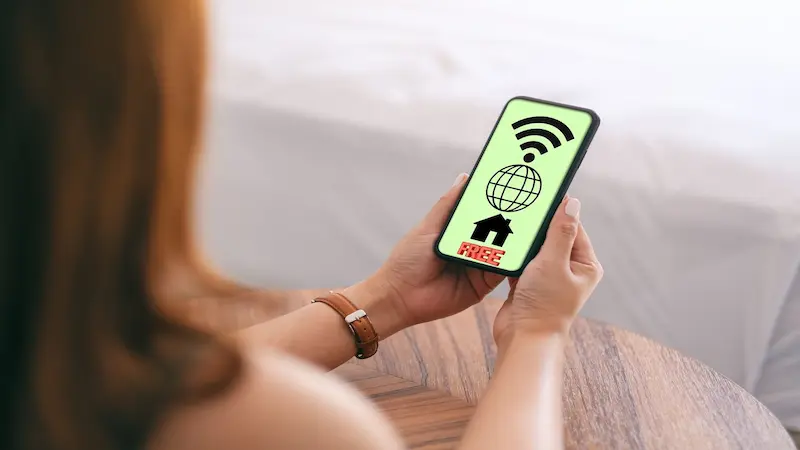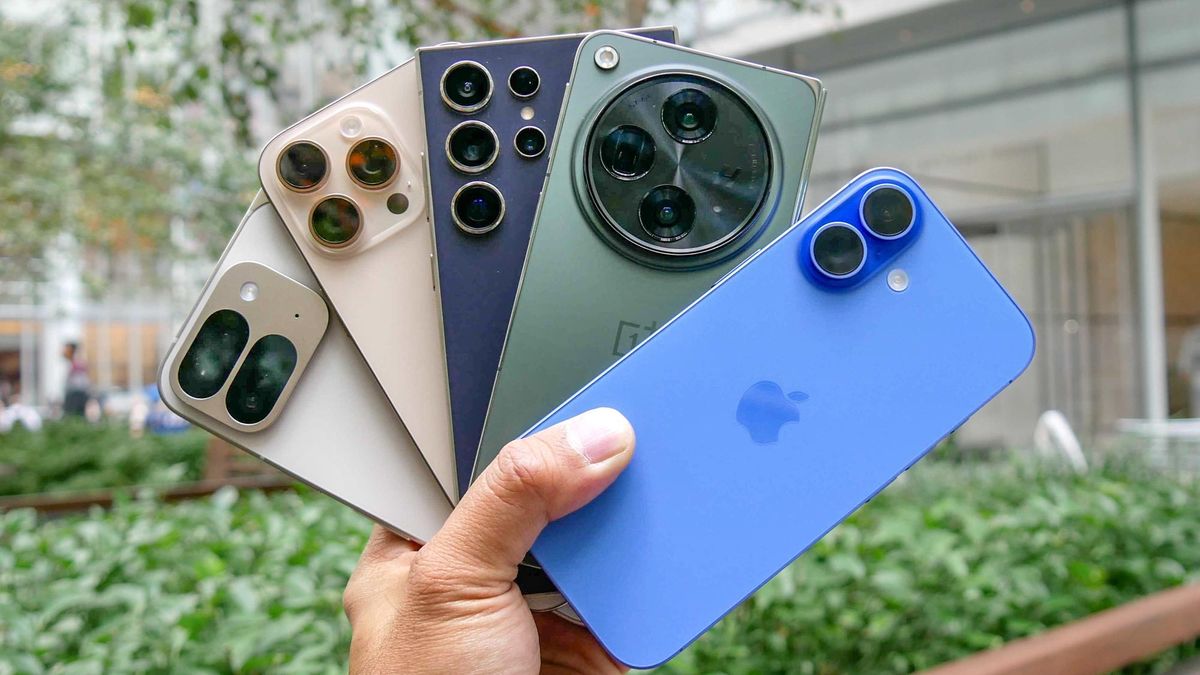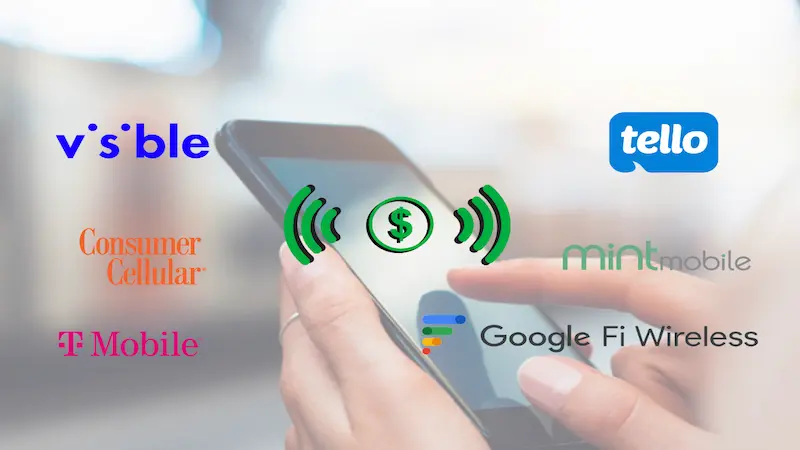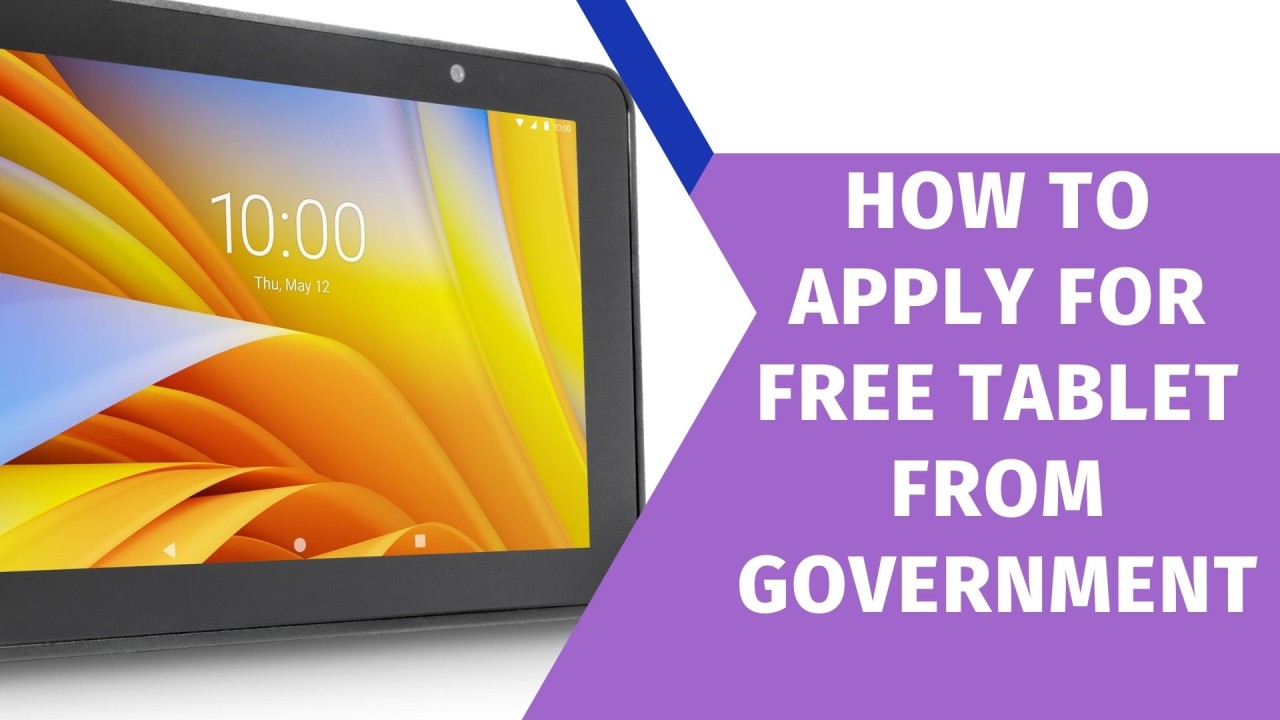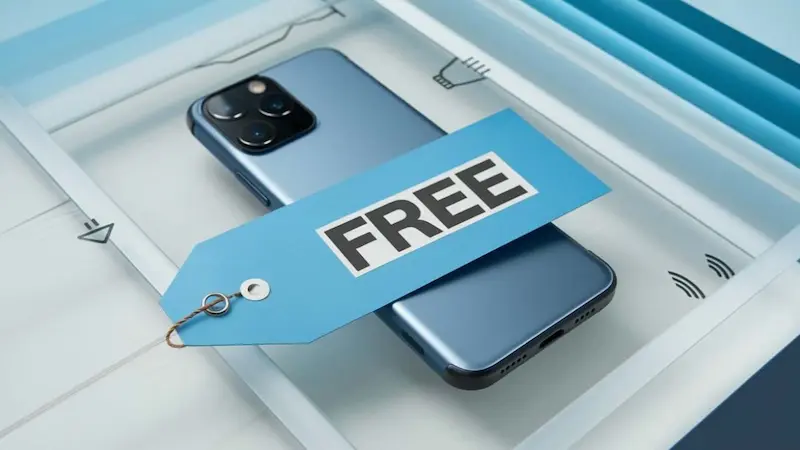Choose a Lifeline Service Provider
After confirming your eligibility and gathering the required documents, you will need to select a Lifeline service provider in your area. The Lifeline Program operates through various telecommunications companies that participate in offering discounted phone and internet services. Here’s how to approach this crucial selection step:
1. Research Providers: A comprehensive list of participating Lifeline service providers can be found on the official Lifeline Program website. It’s important to review this list and narrow down your options based on your location, as not all providers service every area.
2.Compare Plans and Services: Once you've identified potential providers, take the time to compare the services and plans they offer. Consider the following factors:
Service Types: Determine whether the provider offers cell phone plans, home internet services, or both. If you require internet access, look for a provider that offers data plans.
Monthly Allowances: Review the specifics of the communication plans, including the number of call minutes, text messages, and data limits. Ensure that the plan meets your everyday communication needs.
Device Offerings: Some providers may offer smartphones as part of their Lifeline package, while others may allow you to use your device. If a new device is required, check which models are available and their specifications.
3. Read Customer Reviews: Customer reviews on practicality, coverage, and overall user experience can provide valuable insights into the performance and reliability of different service providers. Seeing what other users have experienced can guide you to the provider that will best meet your needs
4. Availability of Customer Support: Good customer service can be essential—especially for someone who may be navigating new technology. Check the reputation of the provider's customer service and the channels available for support, including phone, online chat, or in-person assistance.
Selecting the right Lifeline service provider tailored to your specific needs is critical. This will ensure that you have access to the essential communication services you require for daily life.

Next Page
You May Also Like
-

The Benefits and Limitations of Free Internet Service
Explore the benefits and challenges of free internet service, including its impact on the digital divide, economic growth, education, privacy, security, and the future of global access.
-

Top 5 Local Providers Offering Free Mobile Devices and Plans
Through their shared commitment to accessibility, these initiatives are emblematic of how technology can empower individuals and communities alike.
-

Best Free Cell Phone Plans for Low-Income Families
Explore the best free cell phone plans for low-income families, including Lifeline, Affordable Connectivity, Assurance Wireless, Safelink, and nonprofit programs to bridge the digital divide.
Popular Blog
-

Affordable Alternatives When You Don’t Qualify for Free Government Phones in the U.S.
Don’t qualify for a free government phone like Lifeline? This article explores affordable options for staying connected. Discover prepaid plans, discounted deals, the used phone market, and how to leverage free Wi-Fi and community resources to maintain essential communication on a budget.
-

How to Get a Free Tablet from Government Programs
In this article, we’ll explore these programs, the types of tablets you can get, and the carriers currently participating in these initiatives.
-

How to Check Your Eligibility for Free Cell Phones and Services
Learn how to check your eligibility for free cell phones and services through programs like Lifeline and ACP. Discover income-based requirements, application steps, and benefits.
